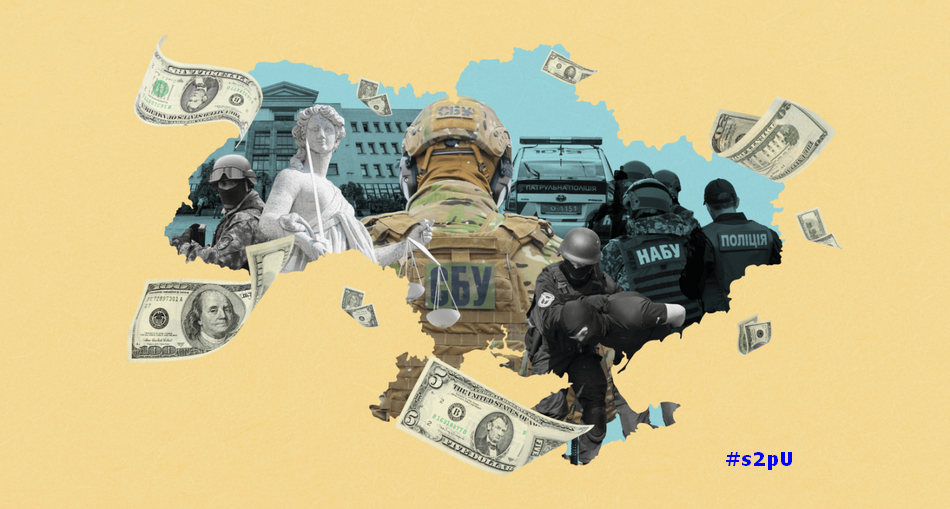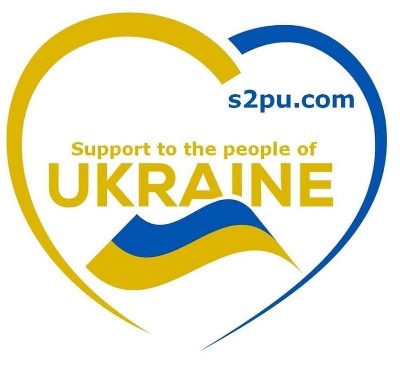 Ukraine ranked 104th out of 180 countries in the 2023 Corruption Perceptions Index, a notable improvement compared to the previous year (Transparency International, 2024).
Ukraine ranked 104th out of 180 countries in the 2023 Corruption Perceptions Index, a notable improvement compared to the previous year (Transparency International, 2024).
Prior to Russia's invasion, Ukraine had actively pursued anti-corruption reforms, which began following the annexation of Crimea and the Russian invasion of eastern Ukraine in 2014. However, these reforms had certain limitations, including a lack of strategic vision and a systematic approach. The 2022 full-scale invasion and outbreak of war shifted priorities, but the fight against corruption persisted (Kalitenko, 2023).
Corruption has during decades had a major impact on Ukraine’s growth and development, and Ukrainians have ranked it1 the second most significant problem after the Russian invasion. During Victor Yanukovych’s presidency (2010-2014) corruption was endemic and when he did not pursue a closer cooperation with the European Union (EU) in 2013 Ukrainians took to the streets in protest demanding radical political and social changes. The Euromaidan protests in the winter of 2013-2014 marked a pivotal moment for the Ukrainian civil society creating a robust network of civic activists and initiatives that have been instrumental in mobilizing reforms, drafting legislative proposals, and in monitoring their implementation. The active participation of civil society in policymaking processes, in partnership with international donors, has exerted substantial pressure on the Ukrainian government for anti-corruption and sector reforms.
Corruption risks come in various shapes and forms, and understanding them requires a clear approach to categorization. As detailed in Chapter 2, this rapid review concentrates on two primary axes of corruption risks: vulnerability and consequences. The subsequent list underscores vulnerabilities, particularly in the context of official development assistance and donor support, across three categories: Aid Coordination and Management, Fund Disbursement and Utilization, and Strategic Approaches and Policies.
Ukrainians have consistently identified corruption as a major issue, second only to the Russian invasion, in holding back the country's economic and political progress. The Euromaidan protests in 2013-2014 marked a pivotal moment, revolutionizing Ukraine’s civil society. This led to the creation of a robust network of civic activists and initiatives that have been instrumental in mobilizing for reforms, drafting legislative proposals, and monitoring their implementation. The active participation of civil society in policymaking processes, in partnership with international donors, has exerted substantial pressure on the Ukrainian government for anticorruption and sector reforms. Ukraine's anti-corruption efforts have been bolstered by the Law on Preventing Corruption and the creation of anti-corruption bodies like NACP, NABU, SAP, ARMA and HACC. These institutions are crucial in verification of assets, implementing strategies, conducting investigations, and ensuring convictions in high-level corruption cases. However, the effectiveness of these bodies is contingent upon overcoming challenges like entrenched corruption networks and ensuring their robust operational independence.
Source (pdf)
Norads report: Ukraine: Corruption risks and mitigation strategies

Comments powered by CComment